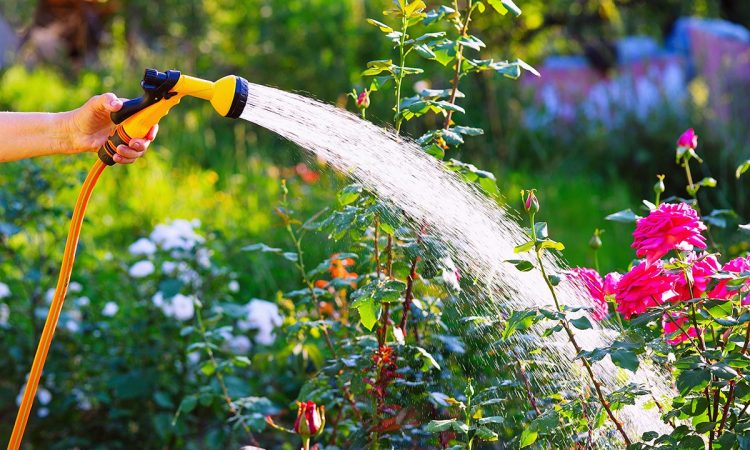
The Importance of Timing in Watering Plants
The question of when to water plants is a crucial one – whether it’s garden plants, veggies, or the lawn. Luckily, experts have weighed in on this all-important debate.
Gardening during summer can be a hassle, as there are some tasks plants rely heavily on during this time – water. It’s not just about the amount; timing is everything when it comes to watering plants. Whether they’re blooms in your border or vegetables taking root, knowing the optimal time for watering can mean the difference between flourishing and floundering plants.
Expert Opinions on the Best Time to Water
According to Hozelock’s Sarah Dixon, sometimes extreme summer temperatures leave plants “struggling to survive”. However, by watering your plants at the “right time of day”, she claimed gardeners can help them “survive a heatwave and continue to flourish”.
Evening: The Optimal Watering Time
So, when is the best time to water plants? Kate Turner, Miracle-Gro’s gardening guru, said: “I always recommend watering in the evening when asked when is the best time to water plants. The water has more of a chance to work its magic, without being evaporated by the heat of the day. This ensures the water gets down to the roots, helping the plant stay hydrated.”
David Andersen of David Andersen Garden Design agreed: “Particularly in the summer, the best time to water plants and vegetable patches is in the evening. This will prevent water from being wasted through evaporation, which can leave your plants dehydrated.”
How to Water Plants Effectively
When watering plants, make sure to do so deeply and as close to where the roots are as possible. Get the hose or watering can’s spout close to the base of plants and aim the water at the soil to avoid wetting leaves as much as you can. This way, every last, precious drop is delivered right down at ground level.
Water each area thoroughly before moving on to the next, then return to the same area and water all over again. The first pass softens up the soil surface, making it more receptive to the second pass of water so that it penetrates the second time around.

